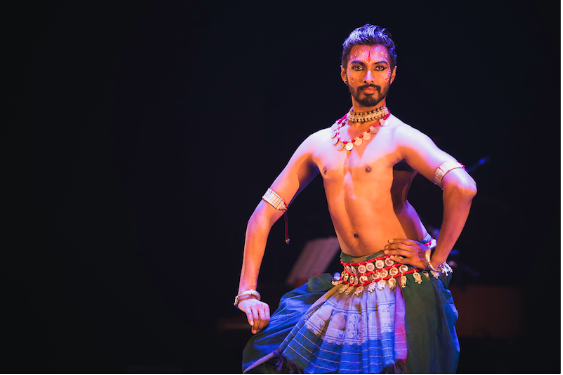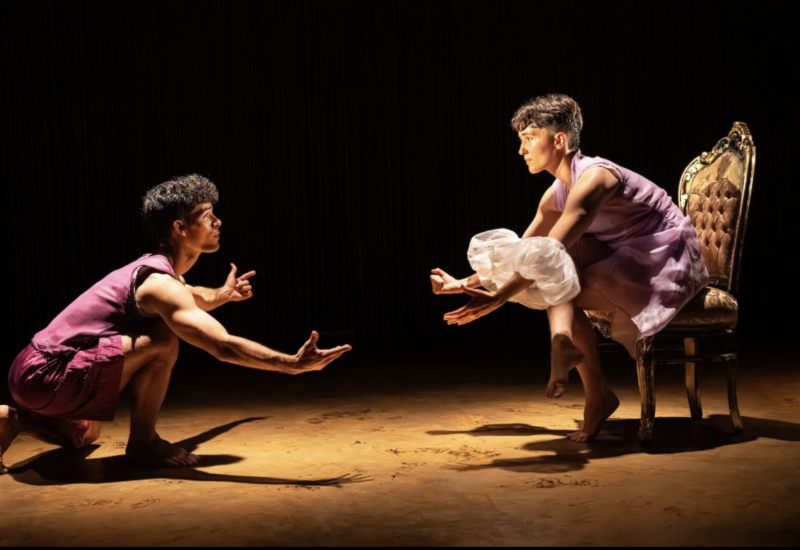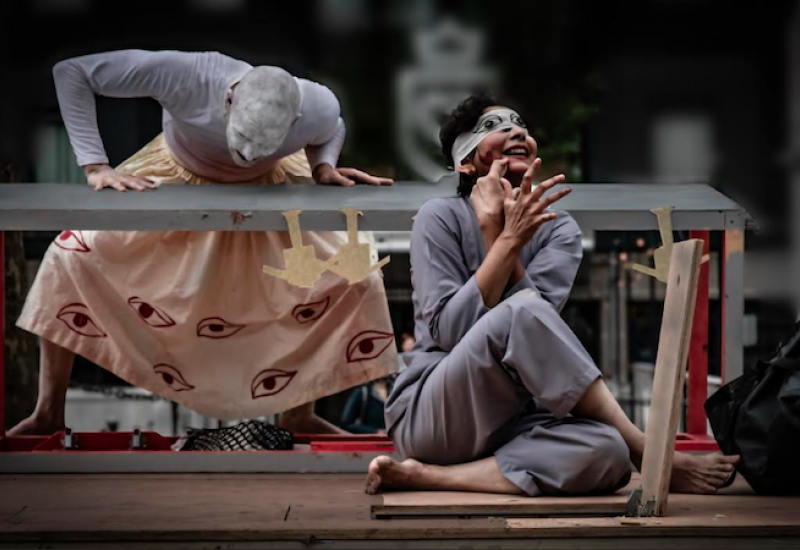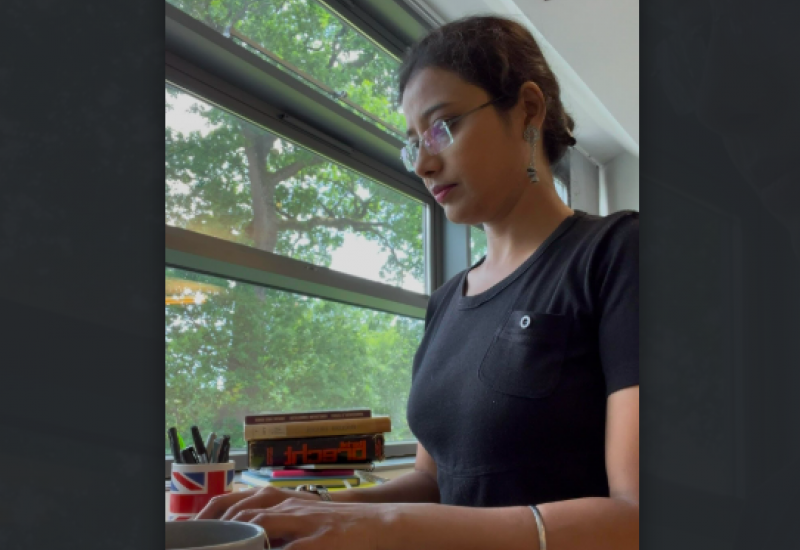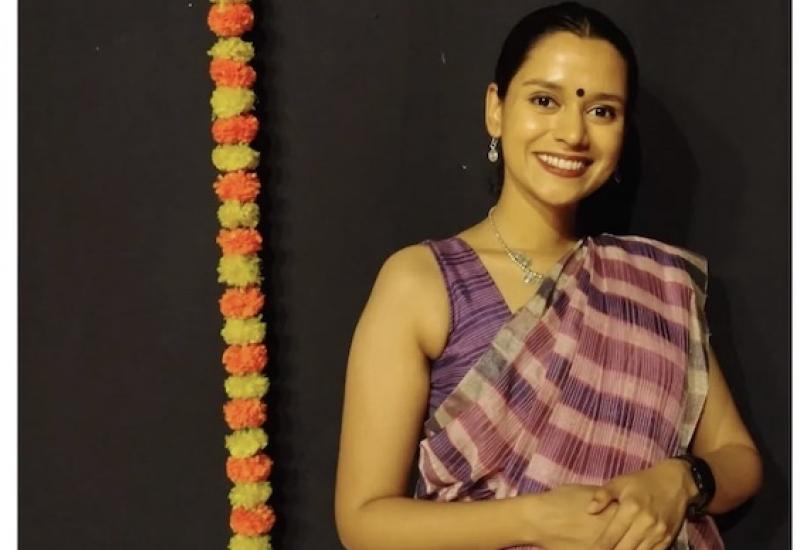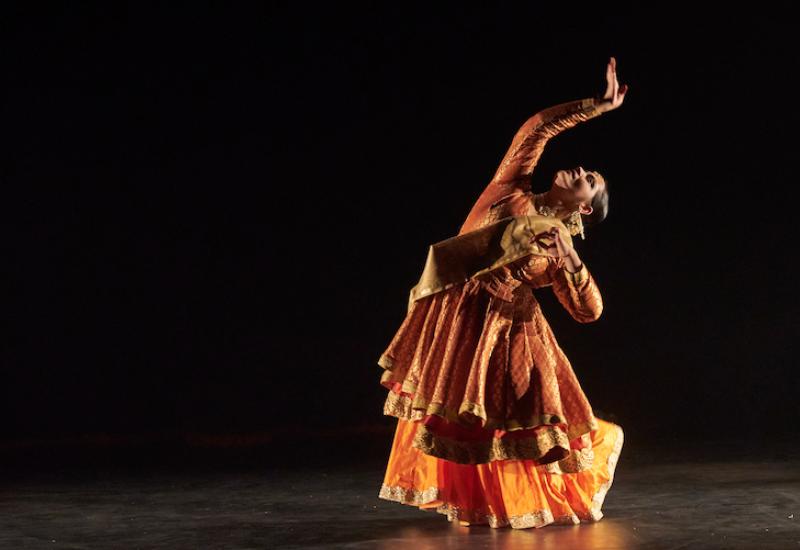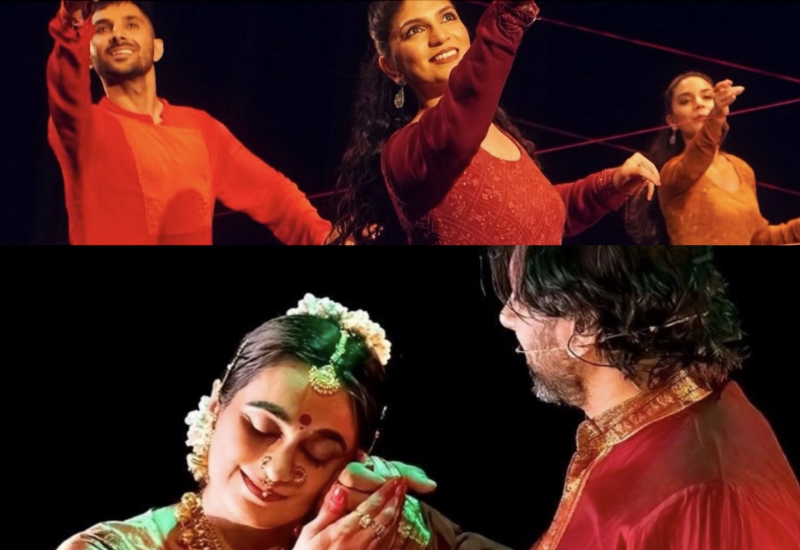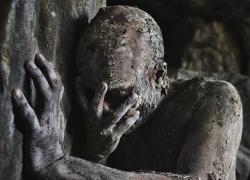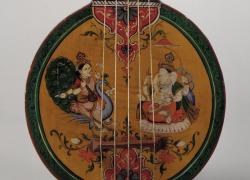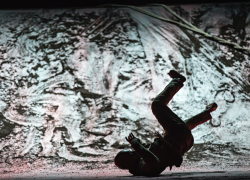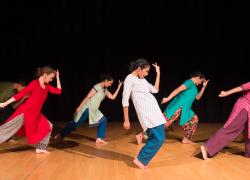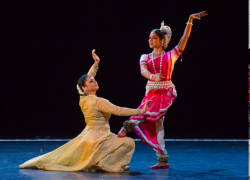Odissi – its roots at your fingertips.
One of the joys of modern technology is its potential to make us feel connected even across the walls of time and space.
I’m not sure it’s particularly helped answer any existential questions of its own accord; perhaps we’re mired even more in such doubts because of all the excess information available at our disposal.
But what we cannot deny is that the internet has become an integral part of modern life, such that we could not, and perhaps would not want to imagine a life without the wonderful possibilities that it offers. One of the facets of the technology, that fills me equally with irritation and fascination, is the phenomenon of YouTube.
I spend a giddying amount of time on YouTube, navigating between video clips that question or validate my political persuasions, listening to countless hours of music otherwise unavailable in my immediate vicinity, and being overwhelmed by—I’ll admit without any trace of shame—cute animal videos.
Also, I watch a lot of dance.
It’s wonderful that YouTube has become an open resource, a repository, of so much dance that has happened in the past. Particularly, in relation to Indian dance—which seems always to be stuck in a battle between its historicity and contemporaneity—it is marvellous that we now have access to footage of dance as it was being shaped over the last century.
The following clips from a Doordarshan (India’s national television station) production documents the background and the repertoire of odissi. (Somewhere, someone will know when this film was made, but I’m afraid I cannot furnish you with that information.)
Inadvertently, and much to my excitement, we also see the protagonists of the style, who shaped the form and direction of the dance. Raghunath Panigrahi, whose singing helped shape the tone and timber of odissi music; as well as the stalwart Guru Kelucharan Mohapatra, who was incontestably the most popular guru instrumental in shaping the character of odissi that we know now. There’s also that danseuse diva, Sanjukta Panigrahi, who gave life to much of the repertoire as odissi was being reconstructed and shared on the world map.
What is particularly fascinating are the scenes of a mahari (traditional temple dancer) who, in the company of her ensemble of musicians, performs her dance of worship to the deity Lord Jagannath. Also shown is a gotipua (young boys dressed as women) performing for the public. (I once had the fortune to visit a gotipua village, close to Konarak, but I’m afraid I have no video or photographic record of it.) I see this for the first time, a moving record of the living beings without whom there perhaps wouldn’t be the wonder that is Odissi dance.
Odissi is lauded as the most sculpturesque of the Indian classical dance styles. It deploys the tribhangi, or a thrice-angled contortion of the body, to weave optical illusions that are startling and alluring. Imagine trying to make shapes out of plumes of curling, twirling, fragrant smoke.
While our presentation of odissi has become sophisticated I can only hope, that with all the possibilities of recording and dissemination available to us courtesy of the likes of YouTube, that we do not lose sight of what makes the dance so special. For me it is the silken vocabulary of odissi itself, which flourishes like the vines of some luscious summertime fruit. The body for odissi is deceptively pliant, hiding a very robust axial fibre and coursing with dynamic lifeblood. It provides a visceral narrative replete with allegorical commas, at once arresting and transitional.
Occasionally, by means of these videos, I am sated, my questions answered, and I know my place in the world, feeling that there is within us the capacity for such unspeakable beauty. This, more than any tool of technology, is what truly transcends time and space, connecting us in our pursuit of wonder.
Odissi Dance
Part 1: https://youtu.be/SB83PuxFcY4
Part 2: https://youtu.be/pz04zyMNNVs
Part 3: https://youtu.be/pg6aQfPx-kM

